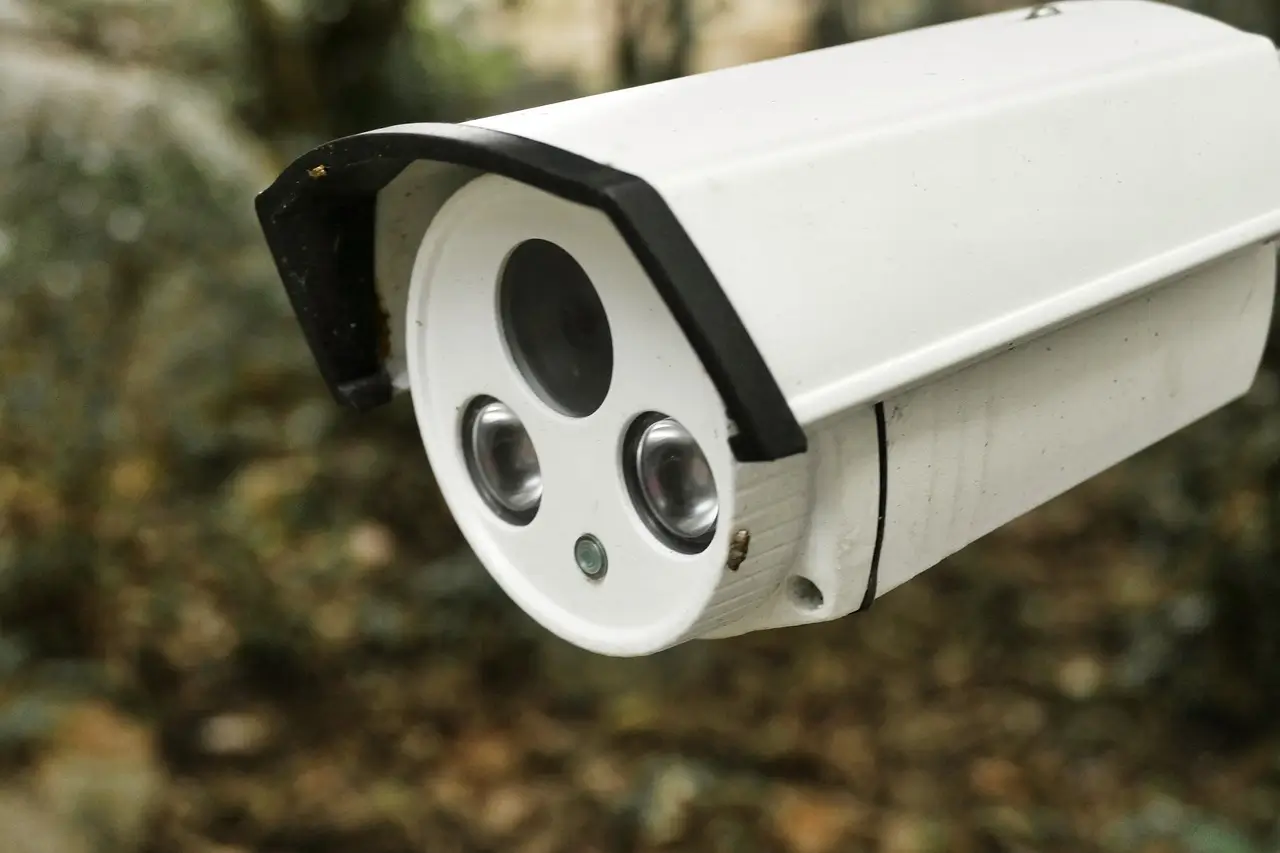Five Differences Between Security and Surveillance Cameras
In professional conversation, security cameras and surveillance cameras are commonly regarded as interchangeable terms but they are differ with respect to their utility. Security cameras are used in commercial sites like office buildings, retail stores and other areas to monitor customer traffic and business operations while Surveillance are typically placed in public hidden places that are informed by artificial intelligence and Law enforcement and security staff actively monitor to detect and prevent criminal activity.
Security and surveillance serve similar purposes but have some differences. Security cameras are meant to deter crime and are easily visible in places like businesses. On the other hand, surveillance are primarily used for monitoring and are often hidden from public view. Both types of cameras record video footage to capture any suspicious activity.

Surveillance vs Security Cameras
Both of these cameras differ based on their specific uses. There are five differences between these two types of cameras.
- Security cameras are used to prevent crime and monitor specific areas within a building or property. They are commonly found in homes and businesses. Security cameras simply record events in their field of view and transmit the video to a recorder, either digitally or through cabling, without any control or influence over the observed area.
- Security cameras transmit video data through a physical data cable into local storage devices such as a television or a DVR.
- These are commonly positioned in conspicuous locations within places of business and various venues. Their purposeful placement in plain sight serves as a visual deterrent, aiming to discourage potential criminals.
- Security cameras typically offer video footage at a lower resolution compared to surveillance. The captured images may exhibit blurriness or graininess, making it challenging to discern finer details.
- Utilizing motion or sound activation, security cameras offer comprehensive surveillance coverage, facilitating easy monitoring of property surroundings. They provide real-time visual insights, enabling the swift identification of potential threats or unusual activities.
- Surveillance cameras are placed in public spaces to detect and prevent criminal activity. They are often monitored by law enforcement or security personnel. You can find them in places like stores, parking lots, and office buildings. Its function is to keep an eye on specific public locations.
- It use a digital signal to store and transmit data. They send real-time recordings to a central location within a local area network (LAN), such as a monitoring station.
- Conversely, these cameras are frequently concealed from public view. They are strategically situated and ingeniously disguised to evade detection and prevent unauthorized interference.
- In contrast, it provide superior video quality, rendering clearer and more precise imagery. They possess the capability to capture and distinguish moving objects such as individuals, animals, or vehicles with greater clarity.
- These sophisticated cameras ensure uninterrupted recording and can be remotely controlled by security personnel. With their advanced motion detection capabilities within designated areas, they promptly alert operators to any suspicious behavior, allowing for immediate response and intervention.
Which type of cameras do we need?
The decision between CCTV, security, and surveillance link on individual requirements. While CCTV, or closed-circuit television, serves as an overarching term encompassing both cameras, the distinction lies in functionality.
Security cameras excel in rapid response to immediate threats, while surveillance are adept at continuous monitoring and in-depth analysis of ongoing activities. Your choice of CCTV system depends entirely on your particular needs and preferences.
What sets security cameras apart from surveillance?
Security cameras focus on preventing crime in specific areas like homes and businesses, while surveillance cameras detect and prevent criminal activity in public spaces, often monitored by law enforcement.
How do these cameras transmit data differently?
Security cameras use physical cables to transmit data to local storage, while surveillance cameras send real-time recordings via digital signals to a central monitoring station.
Are security cameras & surveillance equally visible?
No, security cameras are typically visible as a deterrent, while surveillance are often concealed to prevent interference.
How does video quality differ between the two?
Security cameras offer lower-resolution footage, whereas surveillance cameras provide clearer imagery for detailed analysis.
Which camera type is better for enhanced monitoring capabilities?
Surveillance cameras excel in continuous monitoring with advanced motion detection and remote control, making them ideal for detailed analysis and immediate response.
